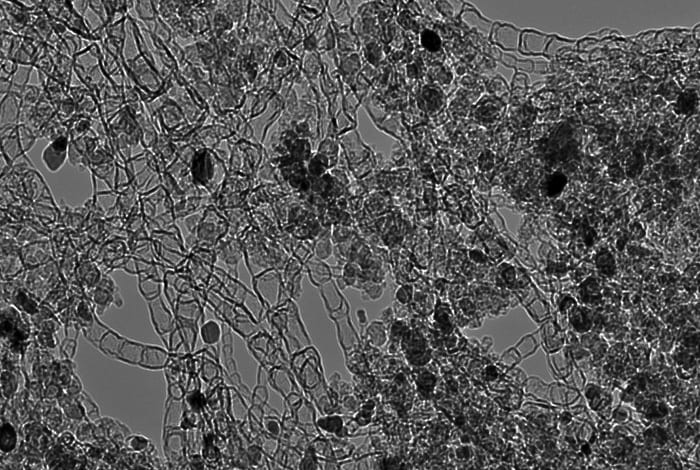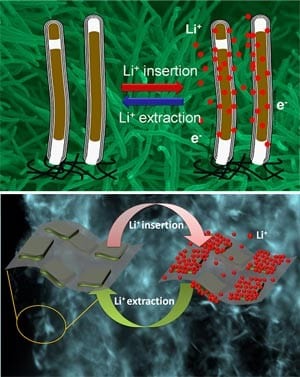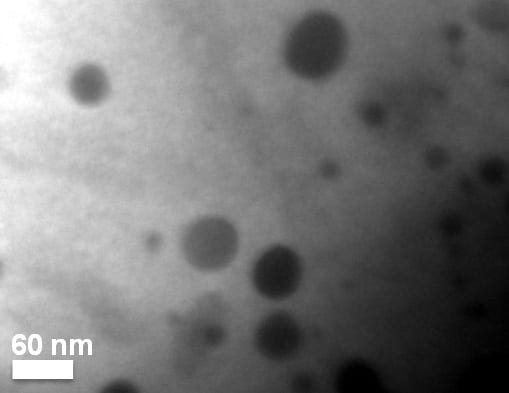Economical non-precious-metal catalyst capitalizes on carbon nanotubes.


Economical non-precious-metal catalyst capitalizes on carbon nanotubes.
New thin, planar, lightweight, and broadband polarimetric photonic devices and optics could result from recent research by a team of Los Alamos scientists.
Researchers at the University of Illinois have developed a new flow-based method for manipulating and confining single particles in free solution.

Research could ultimately lead to a drug-delivery device, an emergency shelter, or even a space station.
Catalysts can stop working when atoms on the surface start moving – new work means this dance of the atoms could now be observed and explained.

A transparent and stretchable electrode could open the new way for flexible displays, solar cells, and electronic devices fitted on a curvature substrate.

Scientists from the National Center for Nanoscience and Technology of China develop high-performance electrode materials for lithium-ion batteries.

Two scientists have received a grant from the Research Corporation for Science Advancement to devise a new method for gleaning hydrogen fuel from water.

Researchers demonstrate that graphene made from many small crystalline grains is almost as strong as graphene in its perfect crystalline form.

Nanoengineering boosts semiconducting material’s ability to convert heat into power by 200 percent and its electrical conductivity by 43 percent.